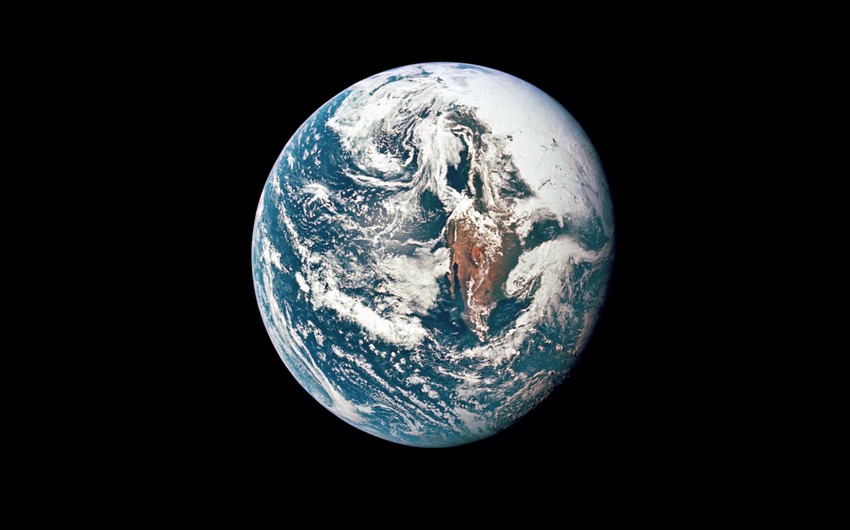The cool conditions that have allowed ice caps to form on Earth are rare events in the planet's history and require many complex processes working at once, according to new research, Report informs referring to Phys.org.
A team of scientists led by the University of Leeds investigated why Earth has existed in what is known as a "greenhouse" state without ice caps for much of its history, and why the conditions we are living in now are so rare.
They found that Earth's current ice-covered state is not typical for the planet's history and was only achieved through a lucky coincidence.
Many ideas have previously been proposed to explain the known cold intervals in Earth's history. These include decreased CO2 emissions from volcanoes, or increased carbon storage by forests, or the reaction of CO2 with certain types of rocks.
The researchers undertook the first-ever combined test of all of these cooling processes in a new type of long-term 3D model of the Earth which was first developed at the University of Leeds. This type of "Earth Evolution Model" has only recently been made possible through advances in computing.
They concluded that no single process could drive these cold climates and that the cooling in fact required the combined effects of several processes at once. The results of their study were published on February 14, 2025, in Science Advances.
The findings will help to reconcile a debate in the Earth Science community about which processes were responsible for driving these cold periods.
Lead author, Dr. Andrew Meredith, who carried out the research while working in the School of Earth and Environment at the University of Leeds, said the study helped to explain why icehouse states are so rare.


 https://images.report.az/photo/4f3992c5-9668-3ee9-ae81-437cc90d1093.jpg
https://images.report.az/photo/4f3992c5-9668-3ee9-ae81-437cc90d1093.jpg

